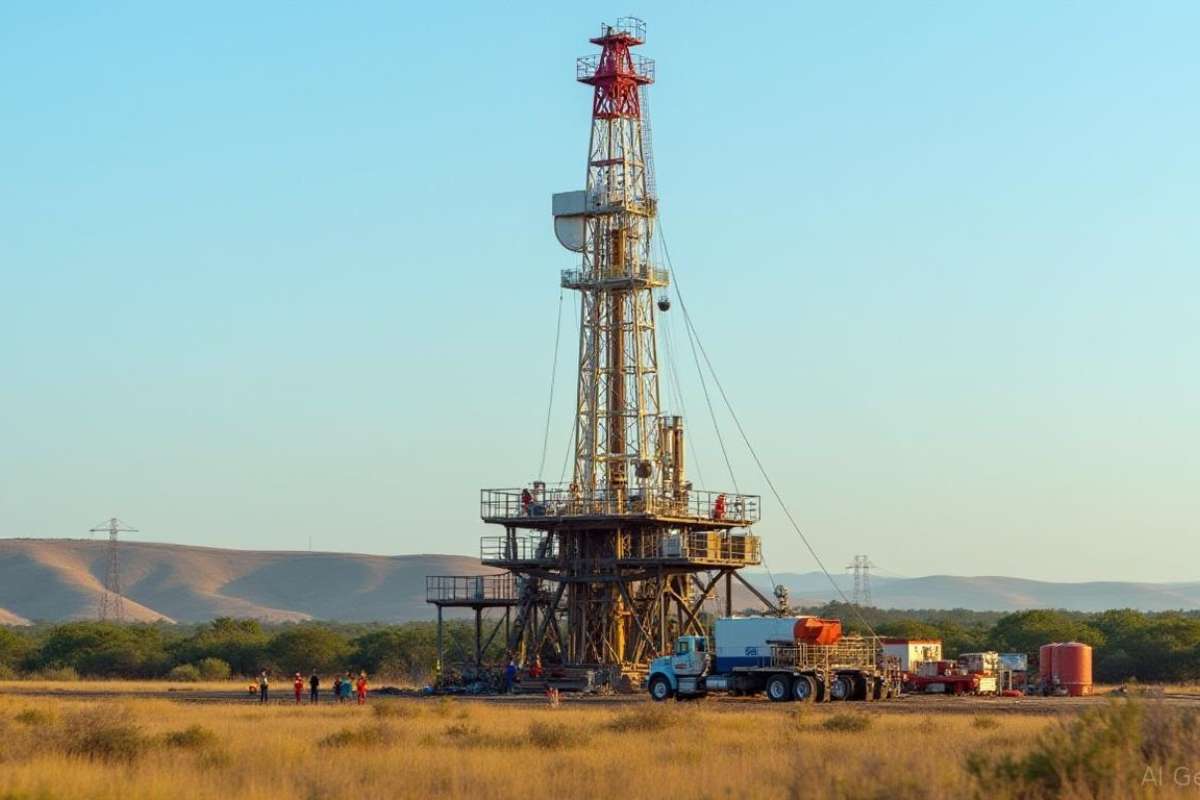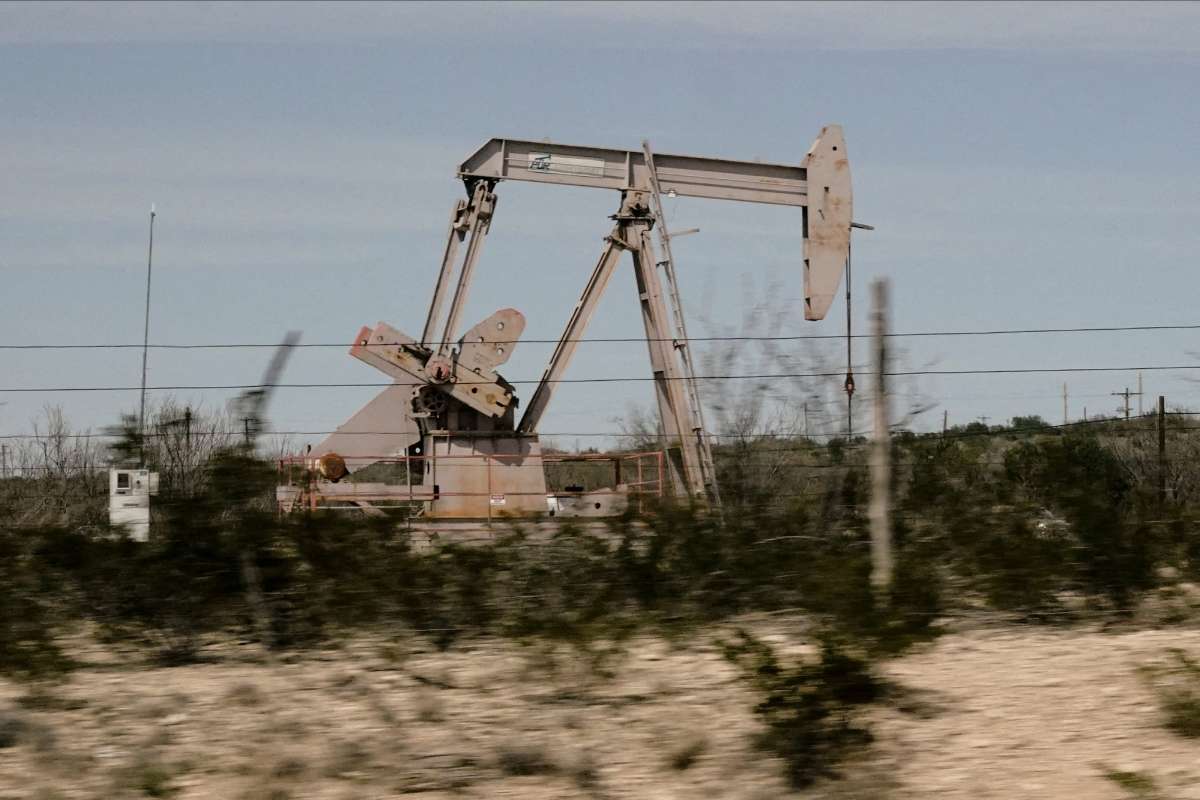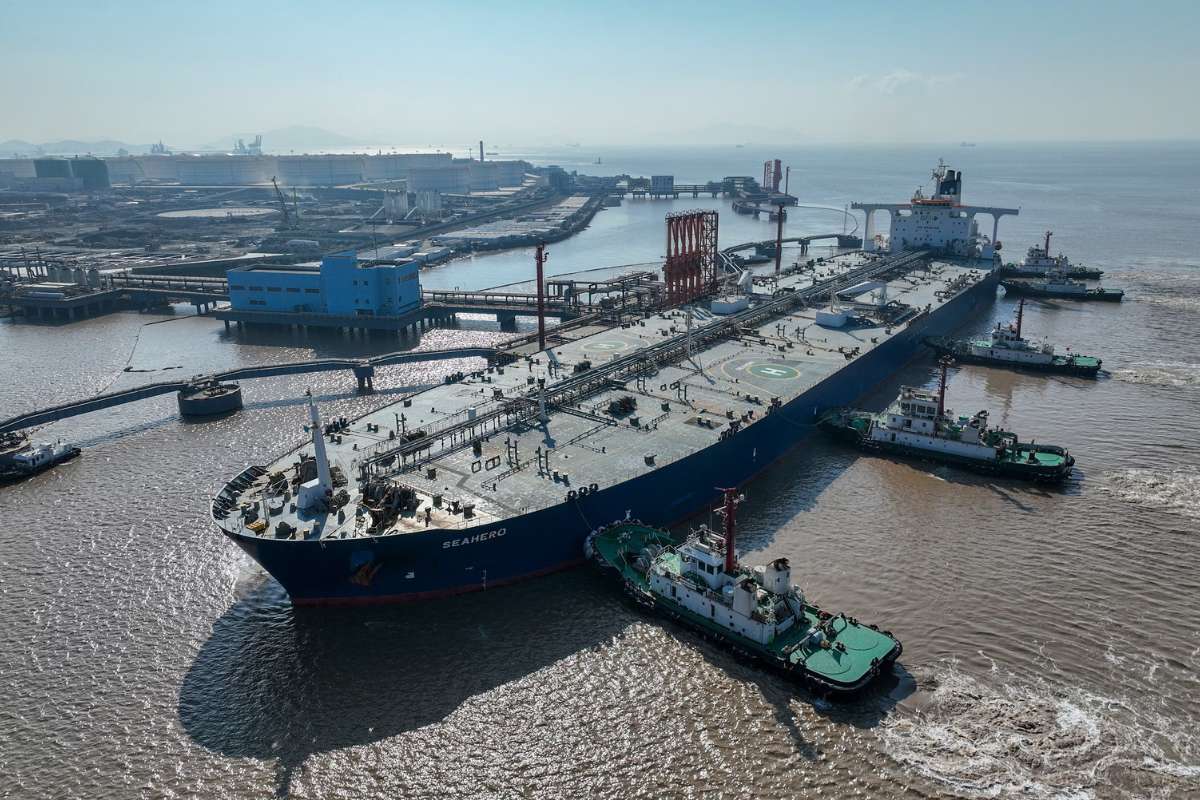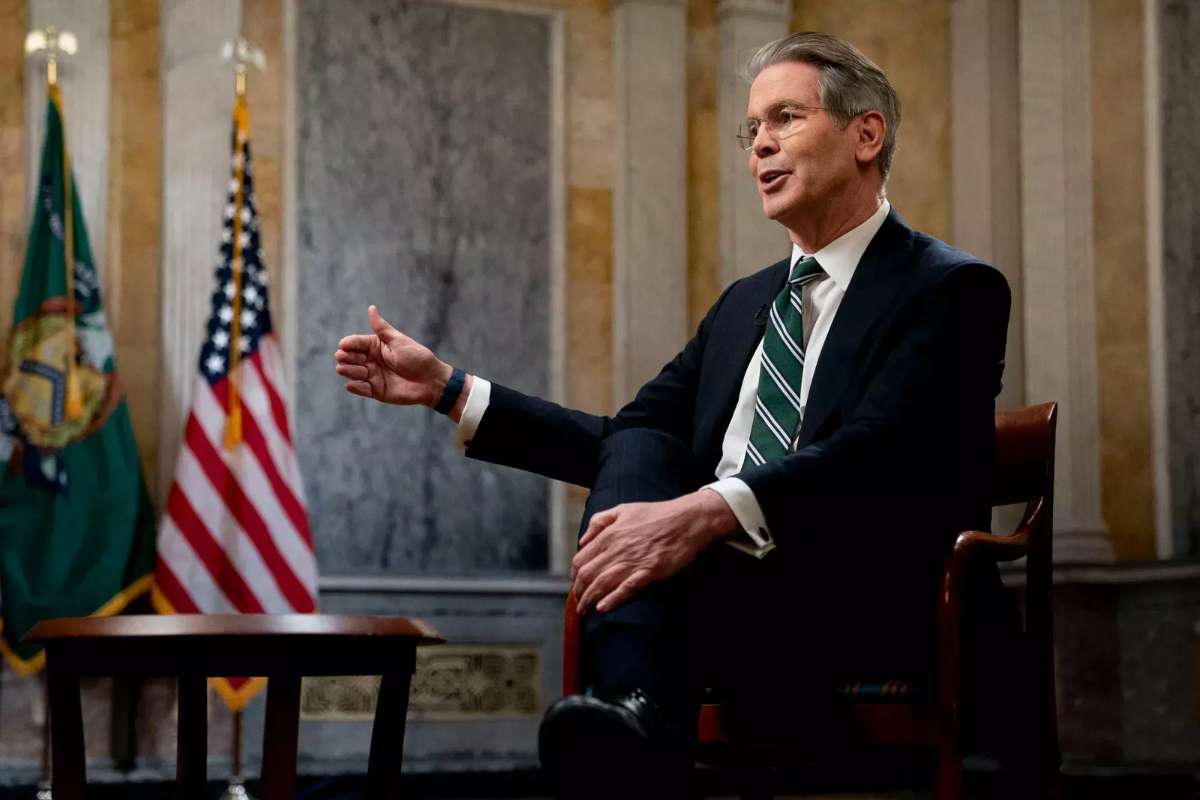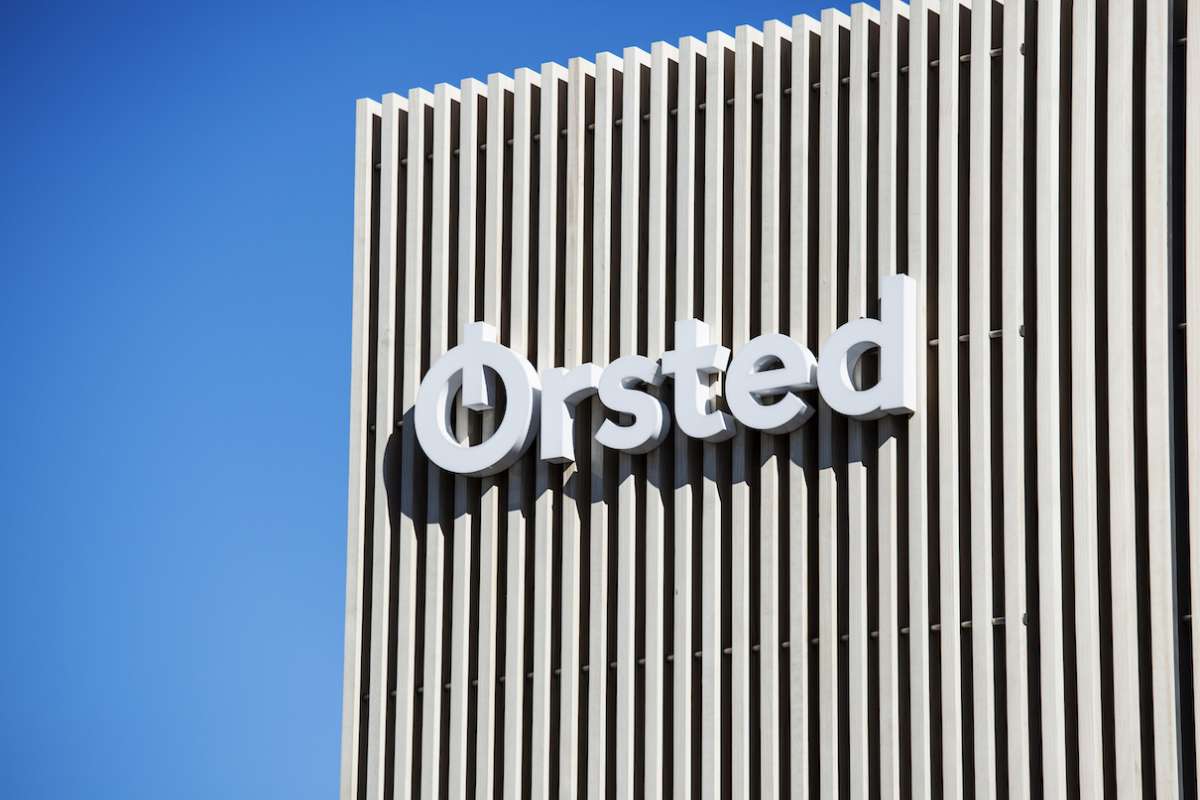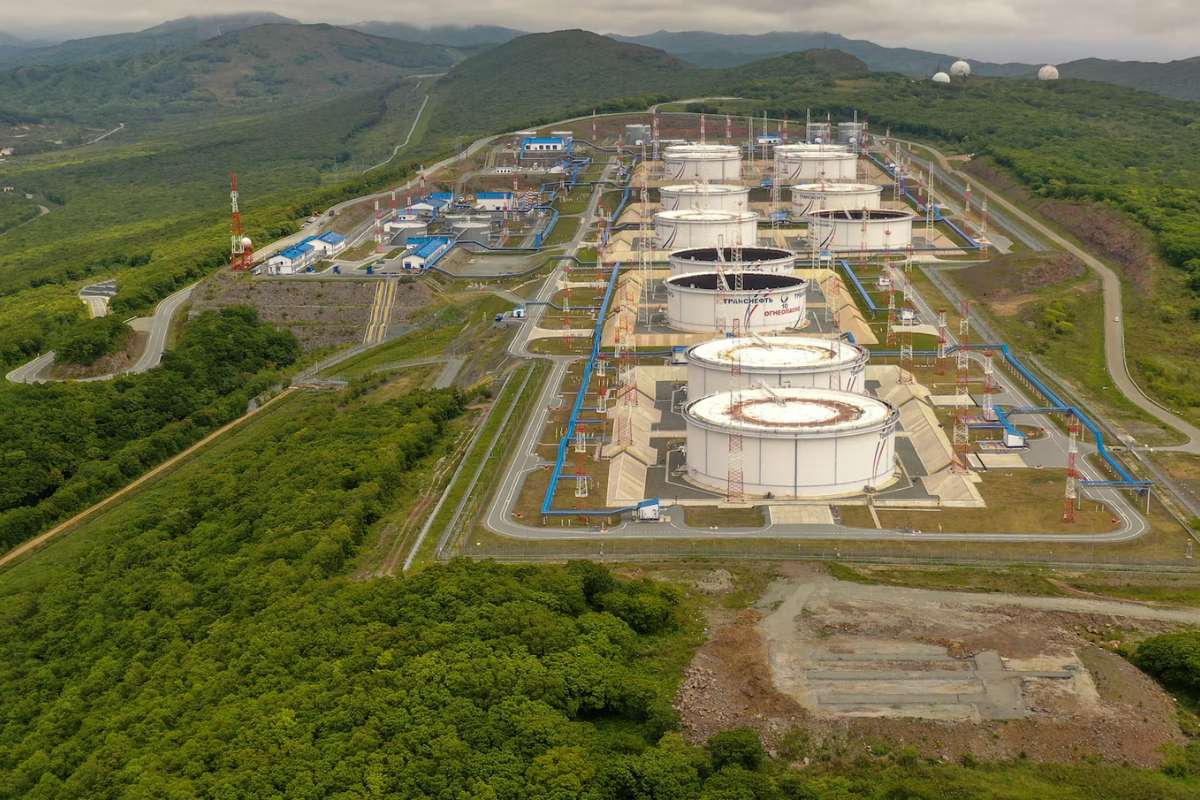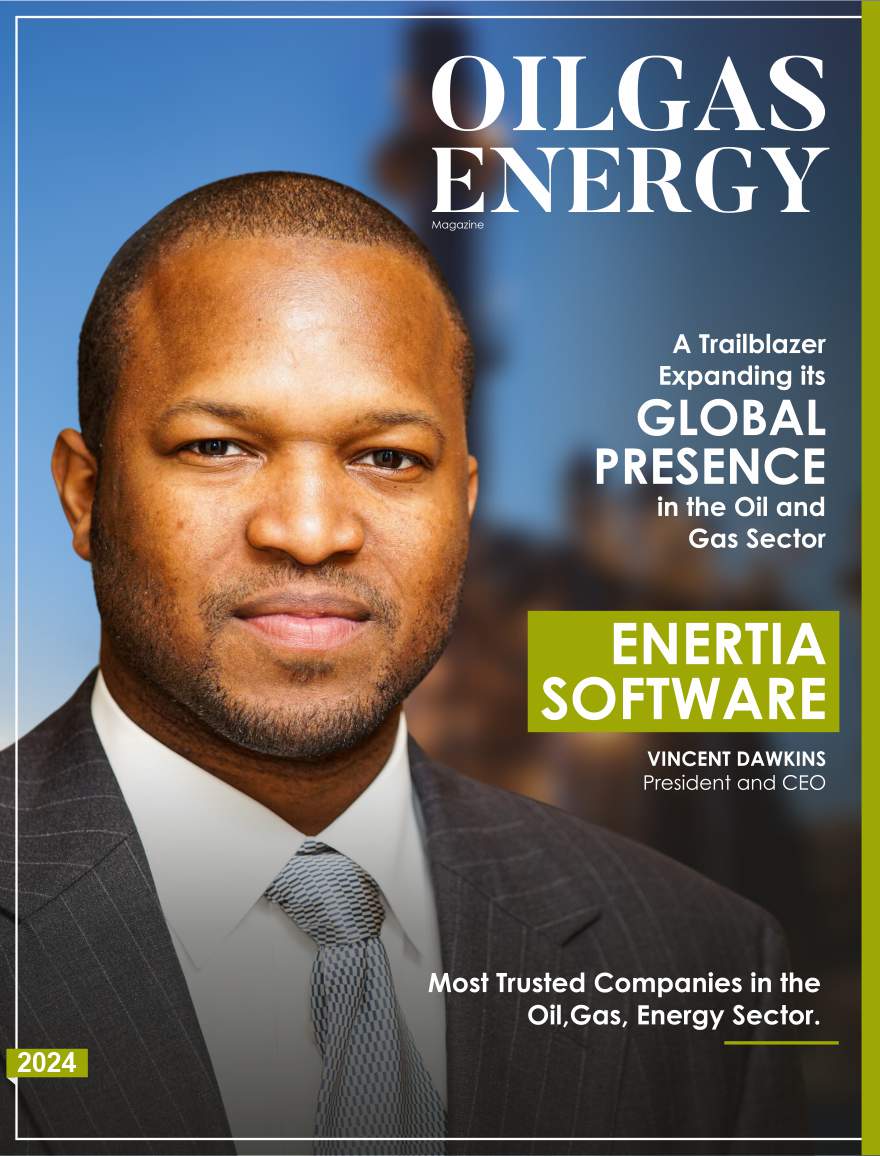Chevron Winds Down Production Amid Environmental Concerns
Chevron has officially ceased oil production on Western Australia’s Chevron Barrow Island exit 2025, marking the end of a nearly six-decade-long operation. As part of its transition, the energy giant has begun decommissioning around 900 oil wells and related infrastructure, a process expected to span years. The shutdown follows mounting concerns over hydrocarbon migration—particularly gas—into groundwater and surface areas, prompting regulatory investigations.
Barrow Island, a Class A nature reserve with rare and endemic wildlife, has long raised environmental questions about industrial activity within protected zones. While Chevron says it’s cooperating fully with authorities, critics argue the company’s presence has already left a significant ecological footprint. Reports by the independent outlet Boiling Cold highlighted several contaminated sites, including crude oil plumes and PFAS pollution tied to Chevron’s nearby Gorgon LNG facility.
Conservationists and Lawmakers Demand Accountability
Environmental groups and political leaders have voiced strong opposition to what they call Chevron’s “privileged access” to protected land. Conservation advocates argue that despite operating in a highly sensitive area, Chevron has failed to uphold best-in-class environmental standards. “This is exactly what regulatory capture looks like,” said one Greens senator, pointing to decades-old approvals that allowed resource extraction on the island.
Adding to the controversy, experts now worry that insufficient environmental oversight could impact broader conservation outcomes. The Guardian notes that Chevron Barrow Island exit 2025 degradation is emblematic of systemic weaknesses in how Australia manages extractive industries on public and ecologically sensitive land.
Taxpayers Left Holding the Bill for Decommissioning
Financial scrutiny has intensified following revelations that Australian taxpayers are set to cover nearly AU$516 million of Chevron’s cleanup costs. Under a 1985 agreement, Chevron and partners ExxonMobil and Santos can claim refunds on up to 40% of decommissioning expenses, drawn from the royalties they paid over the years.
While Chevron has paid over AU$1 billion in royalties during its tenure, the refund clause will see the Commonwealth contributing AU$387 million and the Western Australian government paying AU$129 million. Critics, including the Australia Institute, have labeled this a “perverse deal,” arguing that the public should not be financially responsible for cleaning up corporate pollution.
Chevron insists it will fund the majority of the cleanup beyond the capped rebate and continues to cooperate with regulatory bodies. However, with Barrow Island’s rehabilitation likely to stretch over decades, public trust hinges on greater transparency and reform of outdated legal frameworks.
As environmental and fiscal accountability take center stage, the Chevron Barrow Island exit 2025 case has become a defining example of the urgent need to modernize Australia’s resource governance.
Explore More News In Our Oil Gas Energy Magazine
Source: https://energywatch.com/EnergyNews/Oil___Gas/article18385933.ece
